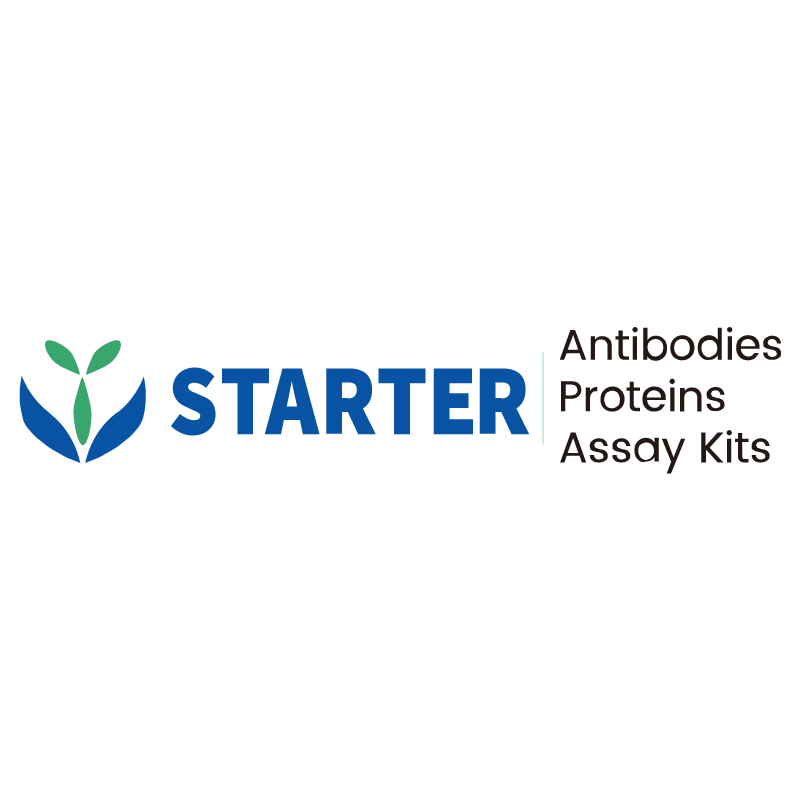WB result of PEG (backbone specific) Recombinant Rabbit mAb
Primary antibody: PEG (backbone specific) Recombinant Rabbit mAb at 1/1000 dilution
Lane 1: BSA-PEG 2K (Hydroxyl terminal) 1 µg
Lane 2: BSA-PEG 5K (carboxyl terminal) 1 µg
Lane 3: BSA-PEG 20K (methoxy terminal) 1 µg
Secondary antibody: Goat Anti-rabbit IgG, (H+L), HRP conjugated at 1/10000 dilution
Predicted MW: 70-200 kDa
Observed MW: 70-200 kDa
This blot was developed with high sensitivity substrate
Product Details
Product Details
Product Specification
| Host | Rabbit |
| Antigen | PEG |
| Clone Number | S-1832-13 |
| Antibody Type | Recombinant mAb |
| Isotype | IgG |
| Application | ELISA, WB |
| Purification | Protein A |
| Concentration | 0.5 mg/ml |
| Conjugation | Unconjugated |
| Physical Appearance | Liquid |
| Storage Buffer |
PBS pH7.4
|
| Stability & Storage |
12 months from date of receipt / reconstitution, 2 to 8 °C as supplied
|
Dilution
| application | dilution | species |
| WB | 1:1000 |
Background
PEG (polyethylene glycol) is a high-molecular-weight polymer composed of repeating ethylene glycol units [-CH2-CH2-O-], known for its high water solubility and biocompatibility. Its molecular weight can range widely, from a few hundred to several hundred thousand Daltons, and variations in molecular weight result in differences in physical properties such as viscosity and solubility. PEG molecules can have a linear or branched structure, typically terminating with hydroxyl groups (-OH), but these can be chemically modified into other functional groups (e.g., amino, carboxyl) to suit various application needs. PEG is widely used in pharmaceuticals, biotechnology, and chemical industries, for example, as a carrier in drug delivery systems, a protein modifier, and a lubricant. Its non-toxic, non-immunogenic, and protein-resistant properties make it a crucial material in biomedical research.
Picture
Picture
Western Blot


